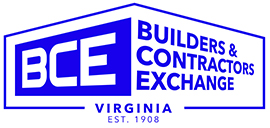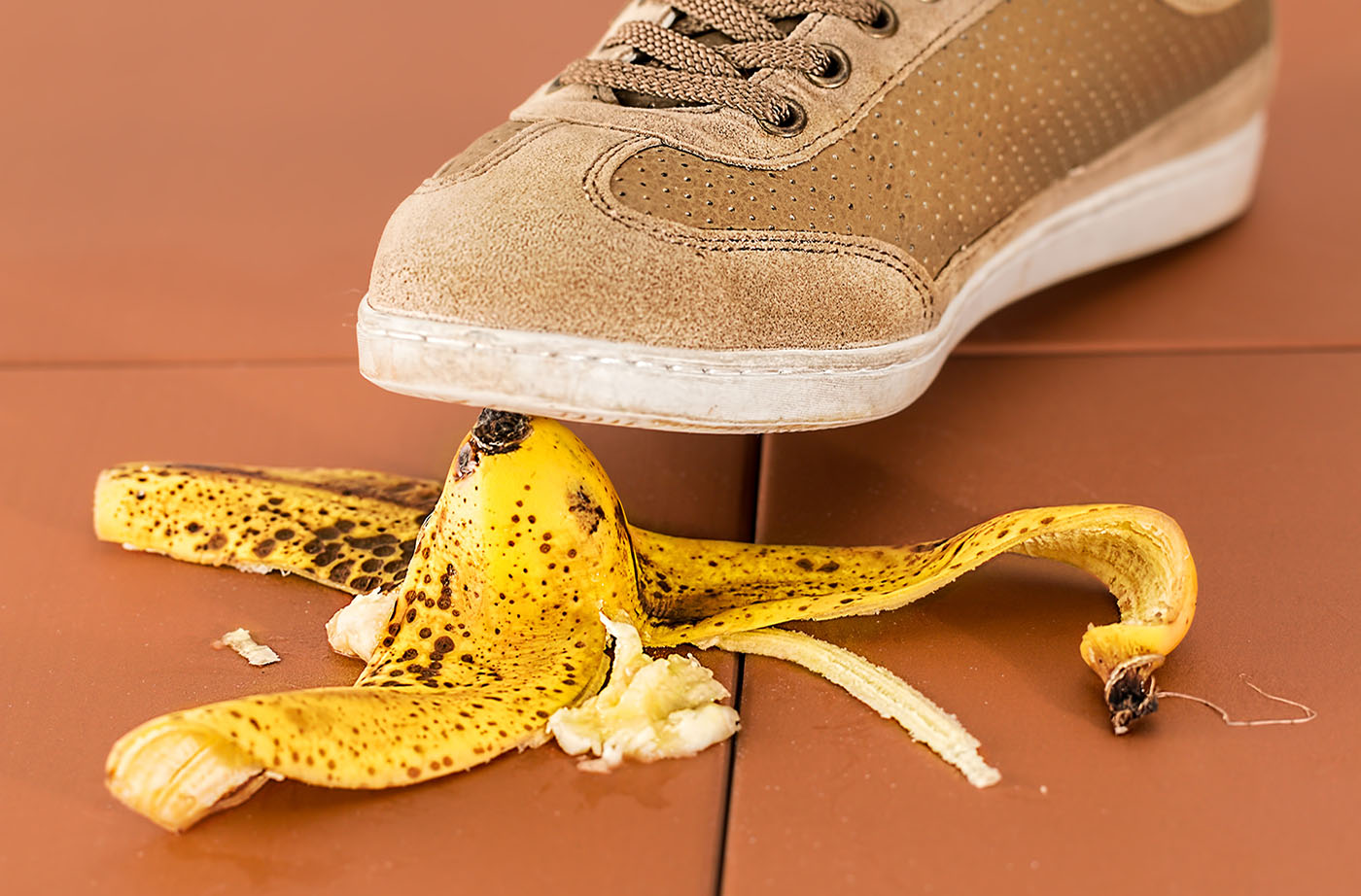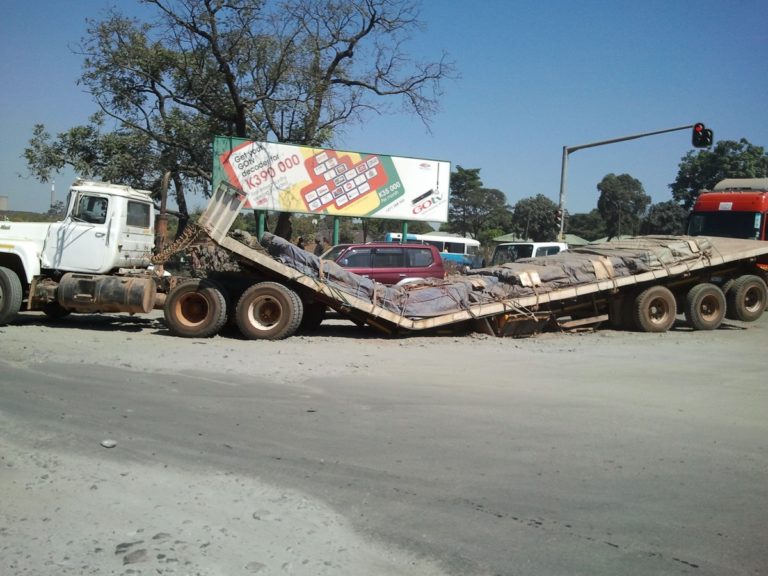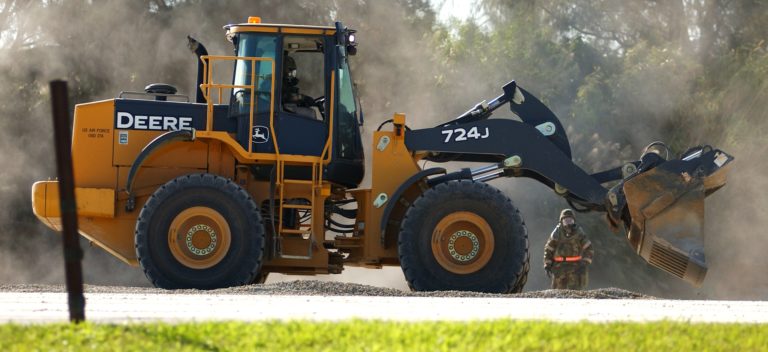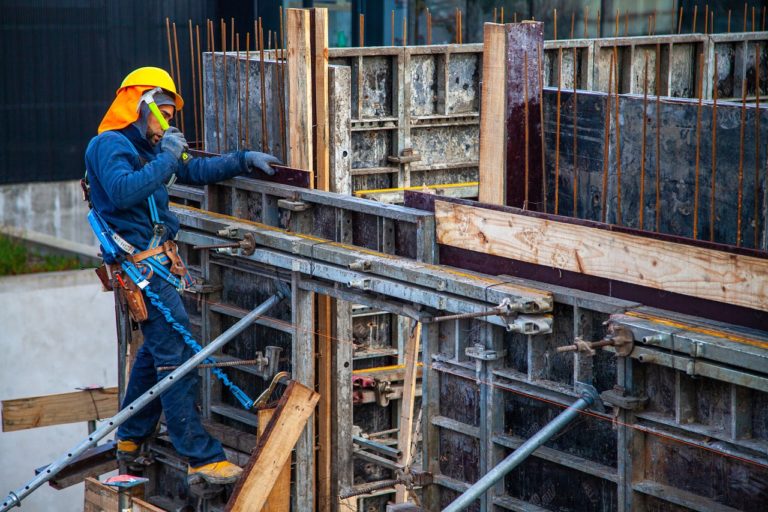Safety Tips – April 14, 2023
Safety Tips – April 14, 2023 Slips, Trips, and Falls Slips, trips, and falls are among the…
Safety Tips – April 14, 2023
Slips, Trips, and Falls
Slips, trips, and falls are among the most common hazards in the workplace. They put many workers at risk of sprains, strains, cuts, bruises, fractures, and other injuries. At worst, they can also lead to death, especially in high-risk occupations such as construction. But with adequate training and safety practices, companies can keep their personnel safe from these hazards.
Fortunately, most slip, trip, and fall incidents are avoidable. By using the right safety tools and by training employees, companies can prevent these incidents from happening in their workplaces. Safety officers should take note of the following aspects to keep their workplaces and fellow employees safe from slips, trips, and falls.
1. Practice good housekeeping
A slip-free workspace begins with housekeeping. Removing clutter helps tidy up the floor and makes it walkable for everyone. Start good housekeeping habits with the following tips:
- Keep drawers, cabinets, and other storage items closed when not in use.
- Throw away trash in the right bin.
- Put boxes away from the main halls.
- Hide cables, extension cords, and wires in protective covers.
2. Provide adequate lighting in walking areas
Dimly lit walkways can also put people at risk of trips and falls. When they cannot see their path clearly, they might knock over objects and fall on the floor. Workers can navigate through spaces better if there is enough light. Given this, it’s best to place proper lighting in access and egress points such as halls, ramps, stairs, and exits.
3. Install safety signs
Safety signs and markers are a must in preventing slips, trips, and falls. Installing them warns people about walking in hazardous spaces to keep them safe. Different zones require specific safety signs. For example, establishments place the “Caution: Wet Floor” sign to alert guests of slippery floors. Meanwhile, construction safety uses warning lines, control zones, and designated areas to mark which areas are passable or restricted.
4. Clean spills immediately
Spills are one of the most common fall hazards in the workplace. They come in different forms—from a splash of soda in a cafeteria to a bucket of water soaking the hospital floor. Wherever the ground is slippery, feet lose traction and go off balance. In case of spills, have them cleaned as soon as possible. Mop and sweep or dry any substance on the floor that could slip or trip another person. Proper cleaning ensures that the floor is free from hazardous elements so that people can walk safely. To keep water from the floor, you may also consider various dewatering methods and equipment such as a sump pump.
5. Make sure proper footwear is worn
Aside from keeping the floors clean, it’s also important to equip workers with proper footwear. The right shoes protect their feet from harmful elements that can cause them to slip, trip, or fall. The American National Standards Institute (ANSI) requires the use of non-slip shoes with good traction. These shoes should also protect workers from static electricity, falling objects, explosions, exposure to hazardous substances, and other risks. Moreover, avoid wearing sandals, canvas shoes, high heels, and open-toed shoes while on work surfaces. These types of footwear can increase one’s risk of getting injured.
6. Maintain and improve floor quality
Fall protection goes beyond simply mopping off spills from the floor. It also involves paying attention to the quality of walking and working surfaces. Modifying the floor space can go a long way in ensuring safety from slips, trips, and falls. Here are some of the best practices that companies can explore in improving their floor quality:
- Inspect floors regularly for cracks, holes, missing blocks, uneven surfaces, and other hazards that can trip people.
- Invest in resilient, non-slippery flooring.
- Install mats, abrasive-filled paint-on coating, pressure-sensitive abrasive strips, and synthetic decking. They provide enough friction and reduce foot fatigue.
7. Implement safety plans and protocols
Lastly, a well-thought safety plan cements all efforts in promoting fall protection, especially in high-risk workspaces. This plan should include the following:
- Slips, trips, and falls risk assessment
- Safety standards and practices
- Slips, trips, and falls training for workers on-site
- Regular inspection and maintenance checks
- Specifications for safety and other equipment
